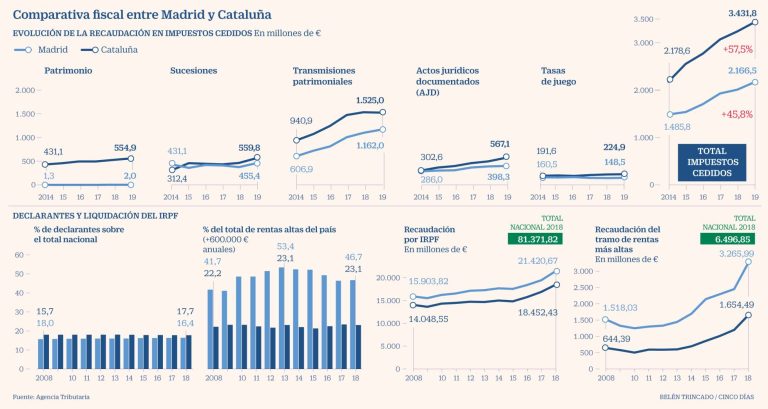The Eurostoxx600 of banks has fallen by almost 40% so far this year and reflects the impact that the coronavirus crisis has had on financial institutions. But European banks, and in particular Spanish banks, already did their homework in the second quarter, by strengthening provision levels and limiting the cost of risk.
In addition, the recent merger agreed between Caixabank and Bankia, together with the open negotiations between Unicaja and Liberbank, seem to be the catalysts that the sector needs to take flight. As the European Central Bank (ECB) has repeatedly warned, the sector needs to accelerate concentration to emerge stronger from the pandemic.
With interest rates at zero and margins under pressure, accelerating bank consolidation is imperative to enhance efficiency and keep costs under control. From this point of view, both operations should underpin investor confidence and boost bank stocks.
Clearly, the market cannot indefinitely ignore that bank stocks are trading at historically low multiples. Giants such as Santander or BBVA trading with a price / book value ratio of 0.3 times, “ratios that can help capture some investor interest,” says Javier Molina, eToro spokesperson in Spain.
Likewise, and based on very long-term technical support, “the ground may have already been seen, leaving the way open for a certain consolidation of current levels”, emphasizes Molina.
This confluence of low fundamental valuations and technical floors is rare and could be an opportunity for investors who want their entry strategies by taking advantage of the eToro platform and the ability to emulate the portfolios of the best traders.
The likely return of dividends
After the outbreak of the pandemic, one of the first recommendations of the ECB was the suspension of dividends in banking. However, within the European issuer they are beginning to consider that the measure harms more than benefits. The entity has already warned that it will review its position in the fourth quarter and the market expects it to lift the restrictions in early 2021.
Furthermore, banks’ capital positions are much stronger than they were after the previous financial crisis. And this is the differential nuance that should end the veto. Without going any further, Santander recently became the first major European bank to propose the distribution of dividends charged to the results of this year, as long as the ECB allows it. And BBVA has also reiterated its intention to resume shareholder remuneration.
Therefore, the return of bank dividends is closer than ever and its effect could be amplified on portfolios as investors monitor other factors that could reduce profitability. For example, commissions, which could be reduced to 0%.
Beyond the stock market, the European sector faces the risk of new restrictions to curb the second wave of the coronavirus. But it is also likely that this impact will be offset by the ECB’s commitment to maintain its measures to support the financial system until the exit from the crisis is no more clear.
In fact, the ECB made it clear that it will pay close attention that the pandemic does not translate into a credit crunch. The role of the bank has been fundamental in this crisis. They have absorbed much of the impact, rather than amplifying it. To get out of the crisis, once entities have strengthened their efficiency and controlled risk, it is essential that money continues to flow into the real economy.
This content is for informational purposes only and cannot be considered investment advice or recommendation.
Past performance is not an indication of future performance. CFDs are leveraged products and carry great risk to capital. eToro is an entity regulated in Europe by the Cyprus Securities and Exchange Commission under license #109/10 and registered with the CNMV within the Investment Services Companies section of the European Economic Area in Free Service. Your capital is at risk














 Bitcoin
Bitcoin  Ethereum
Ethereum  Tether
Tether  XRP
XRP  USDC
USDC  Solana
Solana  TRON
TRON  Lido Staked Ether
Lido Staked Ether  Cardano
Cardano  Avalanche
Avalanche  Toncoin
Toncoin